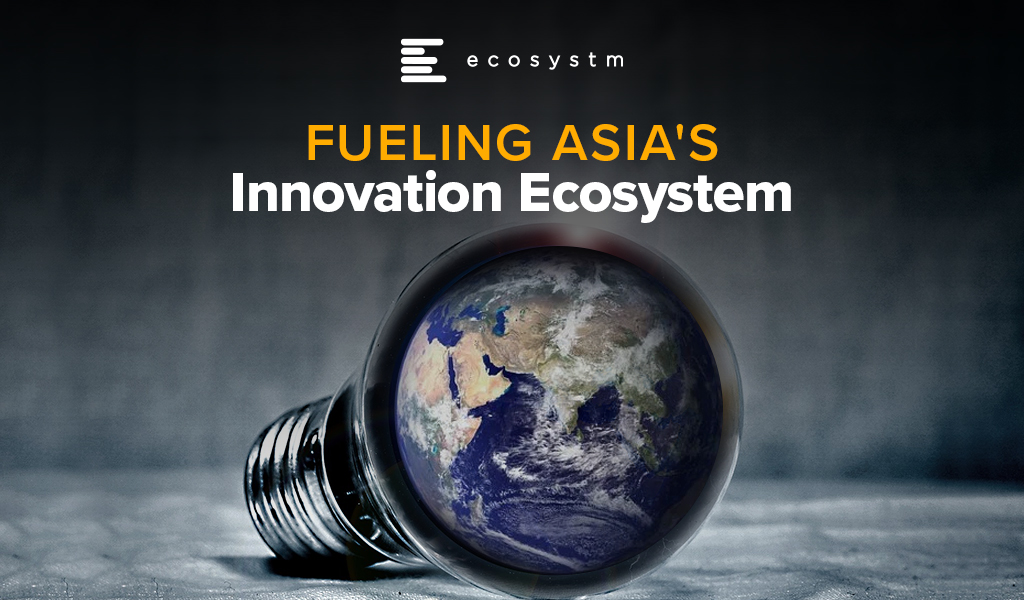
“Innovation is seeing what everybody has seen and thinking what nobody has thought”- Dr. Albert Szent-Györgyi (Discovered Vitamin C)
Innovation over the last 200 years has catapulted the human race into a world that is quite different from where it was 2 million years ago. So, what is the next wave in innovation? The answer seems to be in the interspace between industries, technologies, countries, domains and more.
Fusion innovation is a lateral innovation technique involving fruitful collision and fusion of different industries, fields, markets/countries, organisational silos, technologies, personalities, experiences, and skillsets towards creating radical, high-value outputs – newer ideas, products, and even industries. This is groundbreaking when it comes to digital innovation and its application in new ways.
Results have been big. Here are some examples:
- Crafting the world’s first digital music deal with Nokia ringtones to spawn the USD 2 billion ringtone industry
- Fusing satellite technology in radio is now a $24 billion enterprise – SiriusXM
- Ted Saad and team fusing art and business, technology and teams, and cultures and lifestyles – to win multiple Emmy awards
- Quantum chemistry, mathematical modeling, anthropology and management, fusing to create a new field – social network analysis
The Success Factor of Fusion Innovation
One secret of success of such radical innovation is a fundamental of design thinking – empathy. A lot of digital innovations either fail at the drawing board due to lack of purpose or at the budget approval stage due to lack of a business case and scalability. Successful digital innovations that have seen large scale adoption are pretty good at addressing end-user pain points, are scalable, and have a strong return on investment.
Examining the breeding grounds of digital innovations driving todays’ world – especially Artificial Intelligence (AI), automation, big data, blockchain and Internet of Things (IoT), we realise that the human potential to co-create stands out as the ultimate game changer.
Dr. C J Meadows, a pioneer in studying Fusion Innovation notes the following traits in “fusioney” people:
- Outward openness. This involves scanning broadly (including outside your industry) for ideas and technologies, engaging with an eclectic variety of people inside and outside the organisation. This is important especially in identifying unique opportunities for collaboration with cross-industry thought leaders. An excellent example of this would be the many emerging use cases in resource management using IoT in smart cities.
- Inward openness. This relates to people in an organisation exhibiting curiosity, depth and play and discovering their own inner design. The transformation story of graphics group to Pixar animations is an example of innovation driven by inward openness.
- Collecting. This involves ideating, curating, indexing and sharing ideas within and across functional divisions in a group or organisation. This not only enables lateral innovation, it also triggers “fusioneers” to see patterns and connections which others might have missed. Team wiki is an example of knowledge sharing within and across teams in an organisation that has revolutionised the art of problem solving in the technology industry.
- Sensing. This involves a great deal of empathy as well as having a deep appreciation of ideas that can propel the human race forward. Most automation use cases in contact centre operations that address repetitive and mundane tasks are a result of design thinking workshops that focus on the human pain points.
- Fusing. This involves absorbing many things around us and combining it in new ways. Hackathons conducted by many technology corporations have brought many interesting cross-functional solutions in the digital space that have been unique yet amazingly effective.
The future of digital innovation holds exciting possibilities with advancements in computational power, fusion of technologies and ideas, advancements in digital contracts. Lateral innovation techniques like Fusion can be expected to have a significant role in fueling this space for the years to come.
This is a contributed article from Nandakumar Kumar, a DBA Scholar at SP Jain School of Global Management.






